Porcelain Slabs
The porcelain quality, high adaptability, and exceptional performance of these ceramics have paved the way for their use in new areas of interior and exterior design. Porcelain slabs have become one of the most versatile tools for designing and executing building decorations. For instance, they can be used for creating and installing countertops, kitchen islands, furniture, doors, decorative items, and more.
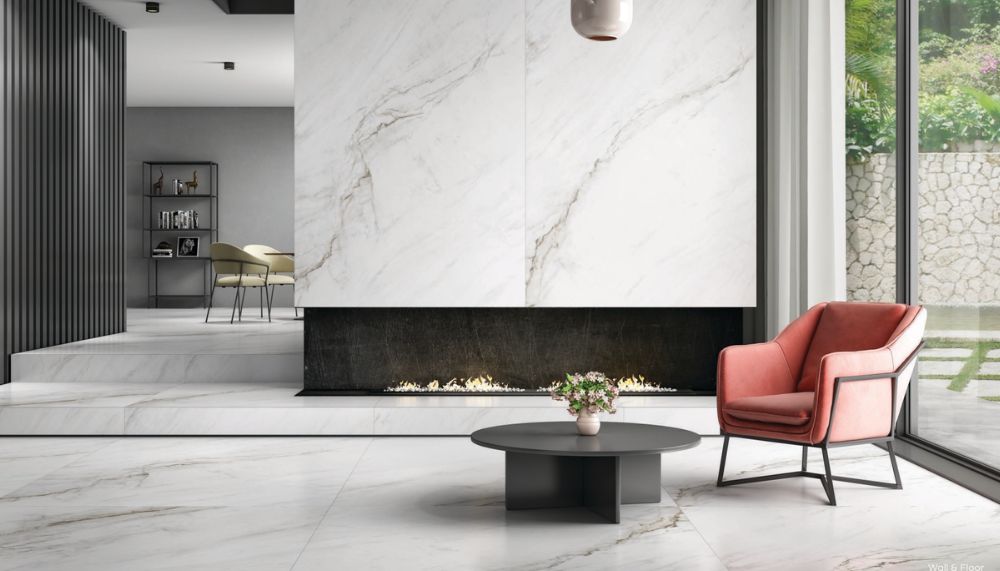
Key Features of Porcelain Slabs in Design:
With the advent of modern digital printing technology, these ceramics are now available in a wide variety of designs. They can replicate a range of appearances, from stone and brick to concrete, wood, and even metal finishes, closely resembling their natural counterparts. The potential for creating a seamless look in a space and the extensive range of designs and colors have made porcelain slabs highly appealing to designers, architects, and clients, thereby expanding the market for slabs.
Applications of Ceramic Slabs:
One reason for the popularity of ceramic slabs in Iran and worldwide is their versatility in all types of construction projects. The structure of these ceramics allows them to be lightweight, reducing the dead load on buildings. Although the slabs come in standard sizes, they can be cut into various smaller sizes and shaped to meet specific design needs. This flexibility has greatly contributed to the popularity of porcelain slabs. Additionally, the thin profile of these ceramics, combined with digital printing technologies, enables the creation of embossed patterns and unique effects.
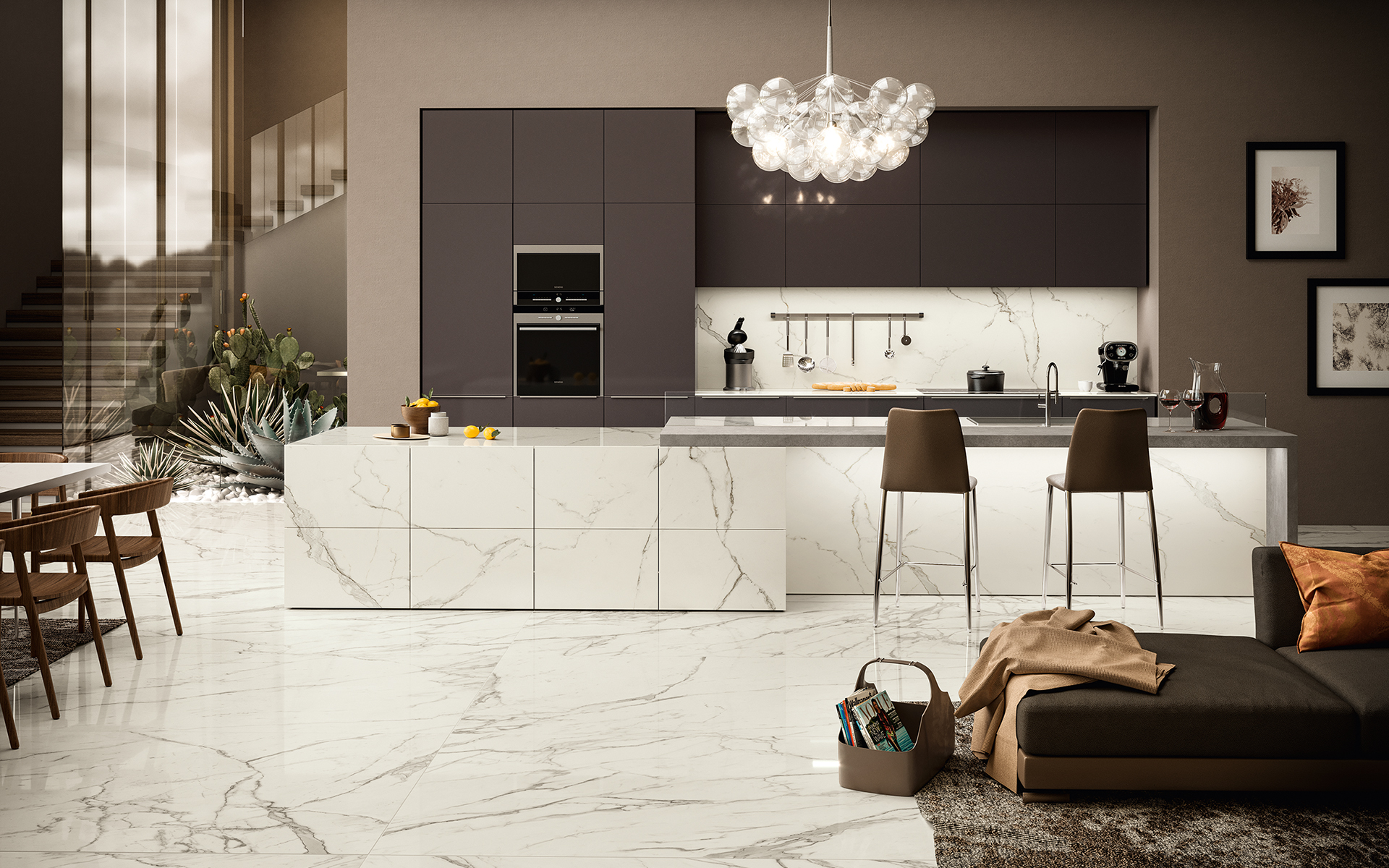
Some Benefits of Porcelain Slabs Include:
- Enhanced Spatial Perception: The large dimensions of these slabs create a sense of greater space and openness.
- Seamless Appearance: Their extensive size and minimal grout lines result in a unified look.
- Durability and Strength: Suitable for exterior applications due to their higher resistance and durability.
- Architectural Versatility: Compatible with various architectural styles.
- Hygienic: Fewer grout lines reduce potential for bacteria and mold growth.
- Time Efficiency: Faster installation and time savings.
- Customizable: Can be designed and cut for functional elements and decorative items.
Porcelain Slabs in Facades
Technical Features and Performance:
The superior technical characteristics and operational performance of porcelain slabs make them suitable for installation in building facades, even in various weather conditions. The key feature of these ceramics is their lightweight nature, which facilitates their installation at height.
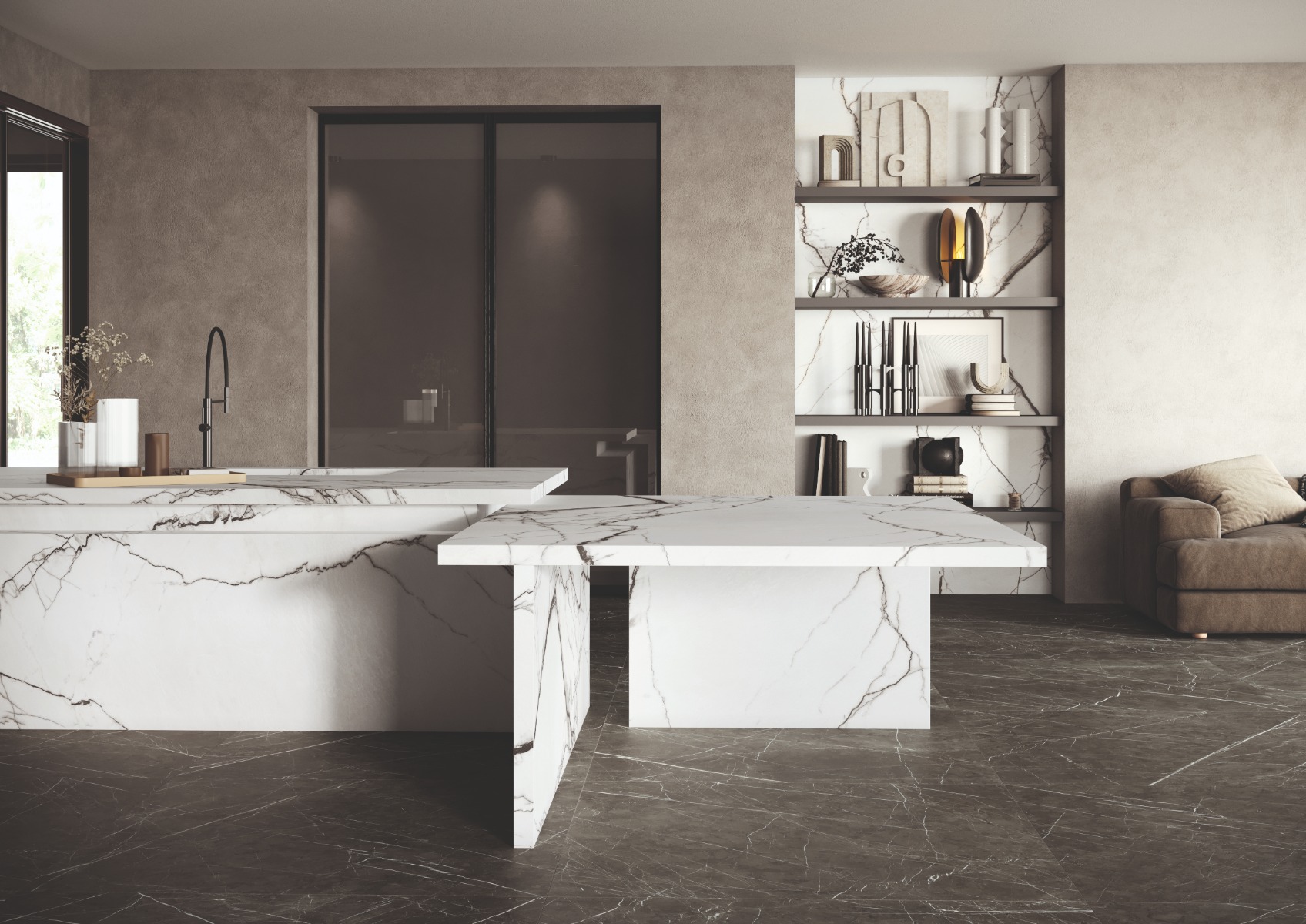
Advantages of Using Porcelain Products in Facades:
- High Flexural Strength: Ensures durability and resistance to deformation.
- Low Water Absorption and High Frost Resistance: Reduces the risk of damage from freezing and thawing.
- Material Stability and Surface Resistance to Chemicals: Resistant to cleaning agents, acids, and bases.
- Stain and Color Absorption Resistance: Maintains its appearance even in high-traffic areas.
- High Abrasion Resistance: Ideal for high-wear environments.
- Surface Stability: Resists scratching and maintains its finish.
- Color Stability Against Sunlight: Prevents fading and discoloration.
- Fire Resistance: Non-combustible and does not alter its structure under high temperatures.
Additional Features:
- These characteristics make porcelain slabs an excellent choice for various building applications. Large-format slabs provide a seamless and distinctive look to facades.
- Due to fewer grout lines in large-format ceramics, these surfaces are less prone to dirt accumulation and are easier to clean and maintain.
- The large dimensions of these slabs allow for detailed design displays, preventing repetitive patterns over large surfaces.
Porcelain Slabs in Outdoor Spaces:
Designing and beautifying outdoor environments requires durable ceramic products. These products must withstand breakage and freezing conditions. Advances in ceramic manufacturing technology, such as slip-resistant surfaces, have revolutionized outdoor design. Porcelain slabs can be seamlessly integrated into both indoor and outdoor spaces. Their technical properties, such as high resistance to chemicals and staining, make them ideal for high-traffic areas and environments with exposure to strong cleaning agents, like hospitals. All mentioned features, including physical stability and technical specifications, are thoroughly tested throughout the production process.
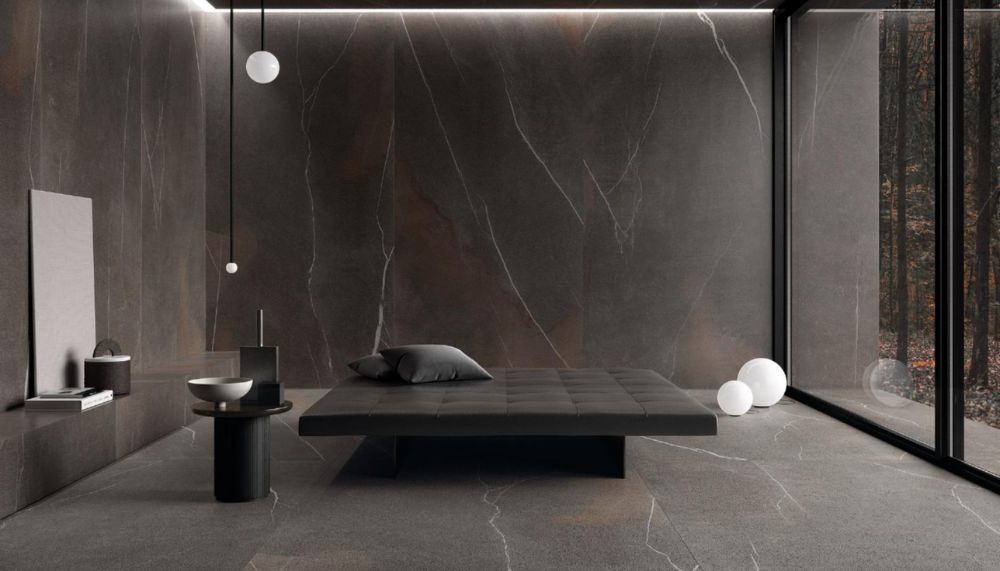
Hygiene of Porcelain Slabs:
Maintaining cleanliness and sanitation in floors and walls is crucial. Porcelain products are non-porous and do not retain impurities or bacteria, unlike stone or ceramic products that can trap contaminants. The low porosity of porcelain makes it easier to clean and sanitize, ensuring a higher level of hygiene. Porcelain slabs are less likely to harbor bacteria due to their non-absorbent nature. Their surface remains stable and unaffected by strong cleaning agents or steam, making them suitable for various geographical locations and projects. The exterior layer of porcelain slabs resists most disinfectants and maintains its integrity over time.
The Role of Ceramics in Health:
Porcelain ceramics are made from natural materials, which enhances their hygienic properties and offers several advantages over other flooring options. Porcelain tiles are hypoallergenic, making them beneficial for individuals with respiratory issues or allergies.
Since people spend a significant amount of time at home, the materials and surfaces within the home play a crucial role in overall health. Porcelain ceramics have antimicrobial properties that prevent the growth of harmful microorganisms such as mold, fungi, bacteria, and viruses.
Large-format slabs can provide peace of mind in today’s world. The increasing demand for hygienic surfaces and spaces has placed porcelain ceramics at the forefront of design projects. Their cleanliness and other benefits, such as easy maintenance and resistance to bacterial growth, make them a popular choice for designers, especially those focused on creating safe and sanitary environments.
Additionally, new standards and advanced installation methods have contributed to the growing popularity of these products.
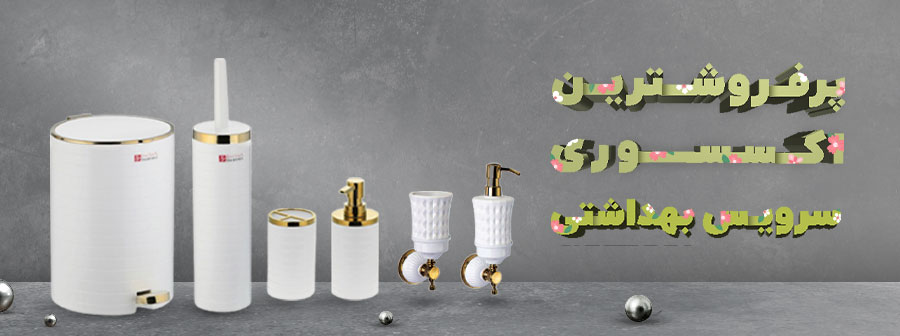
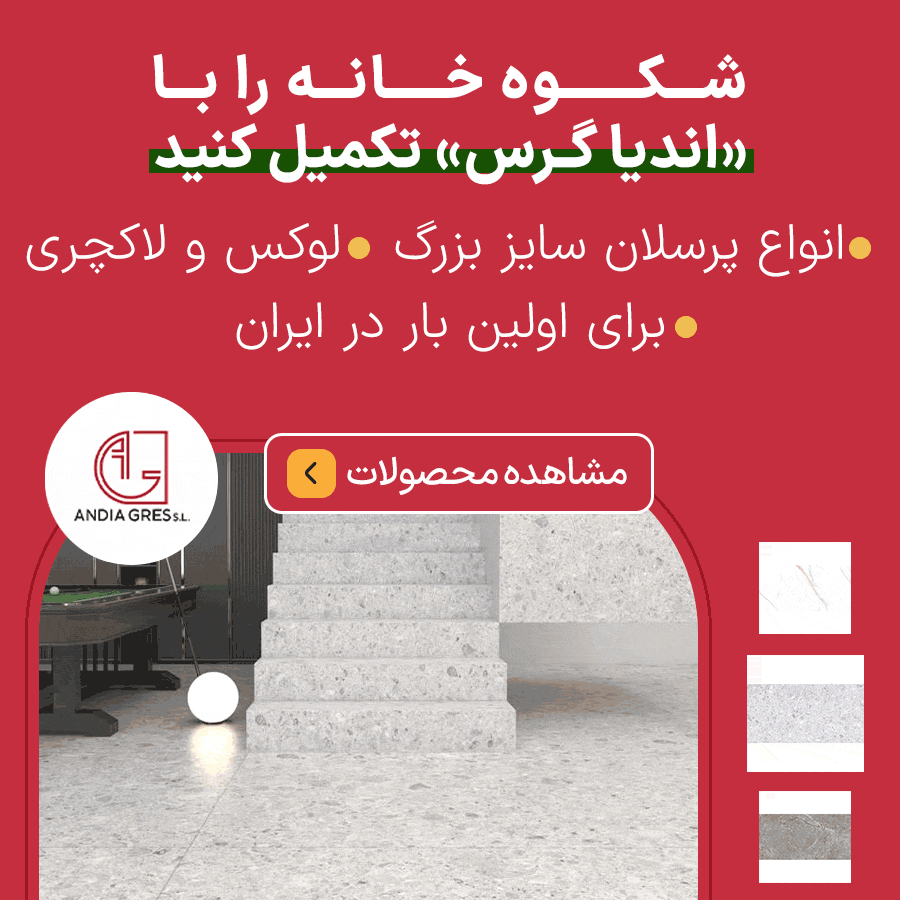

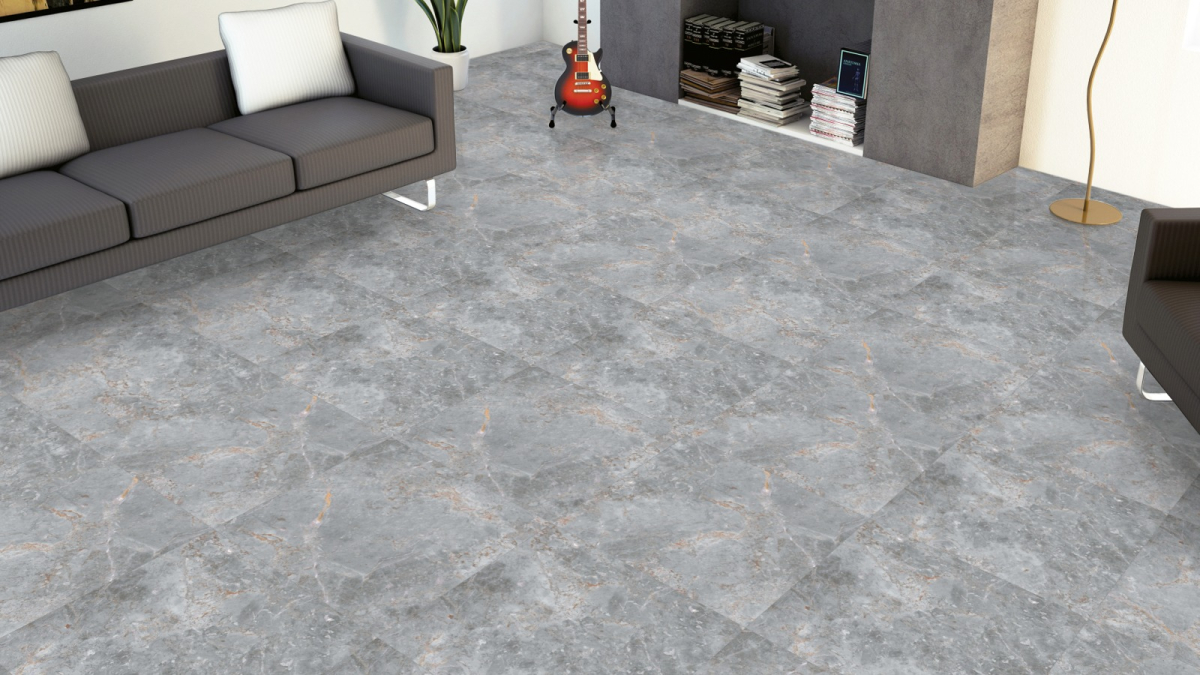
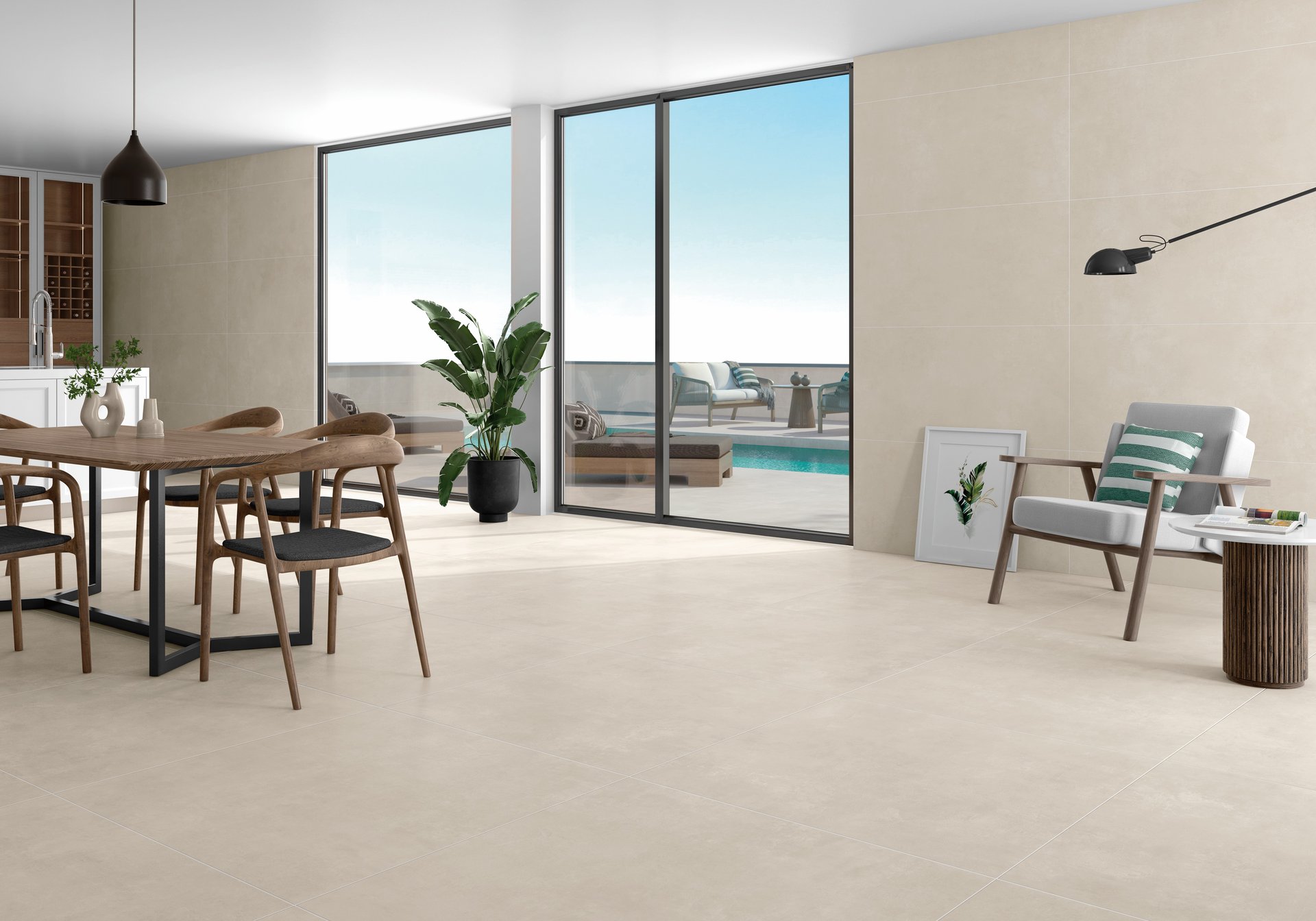

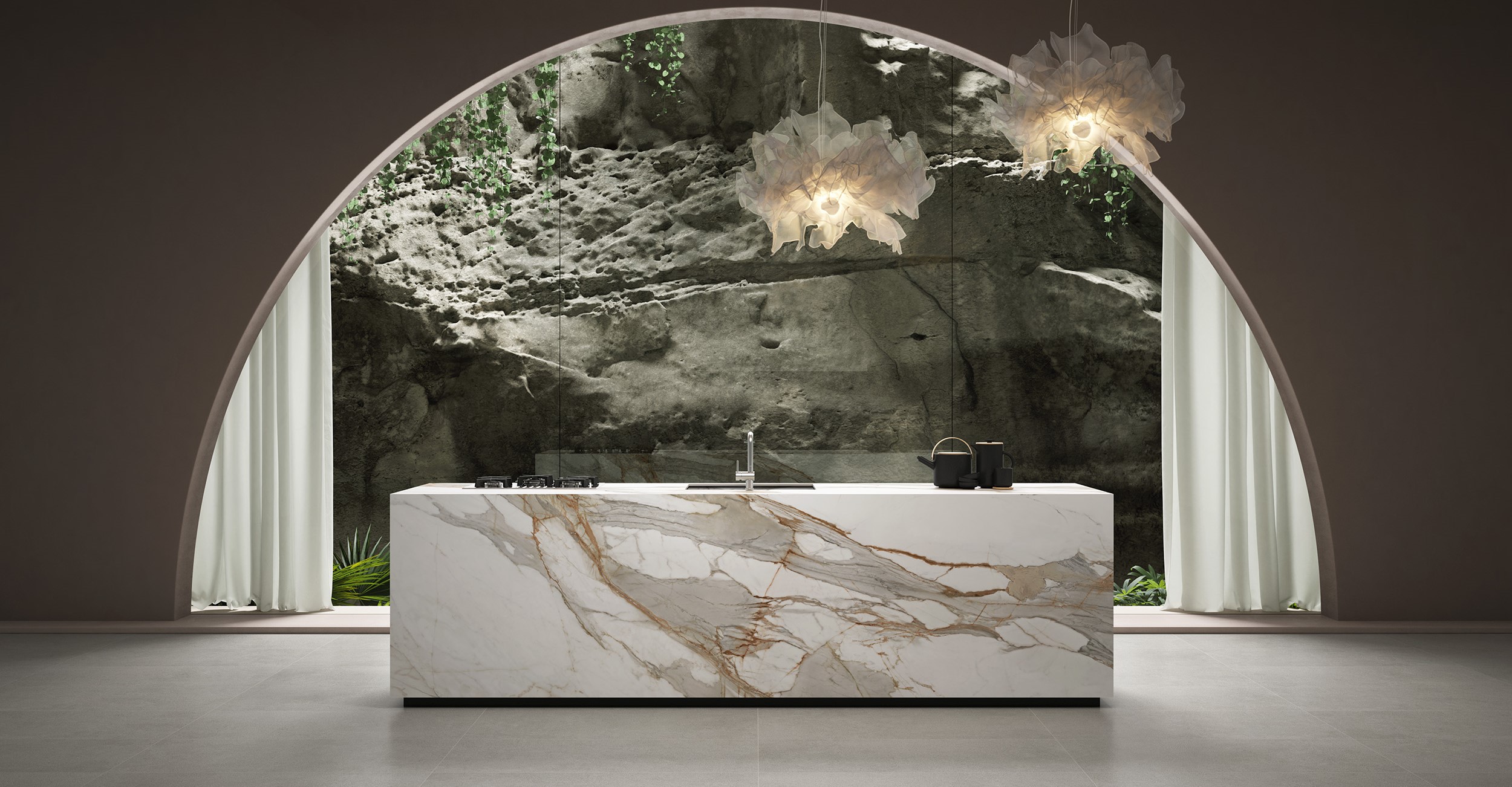

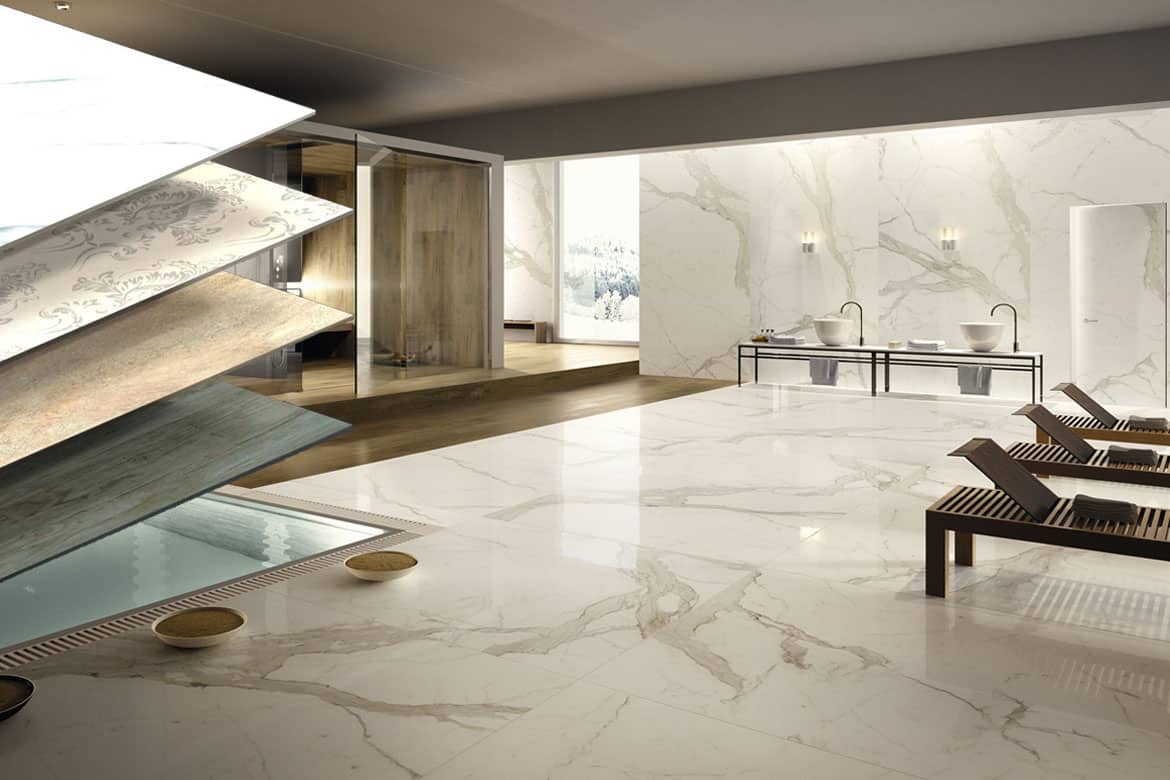
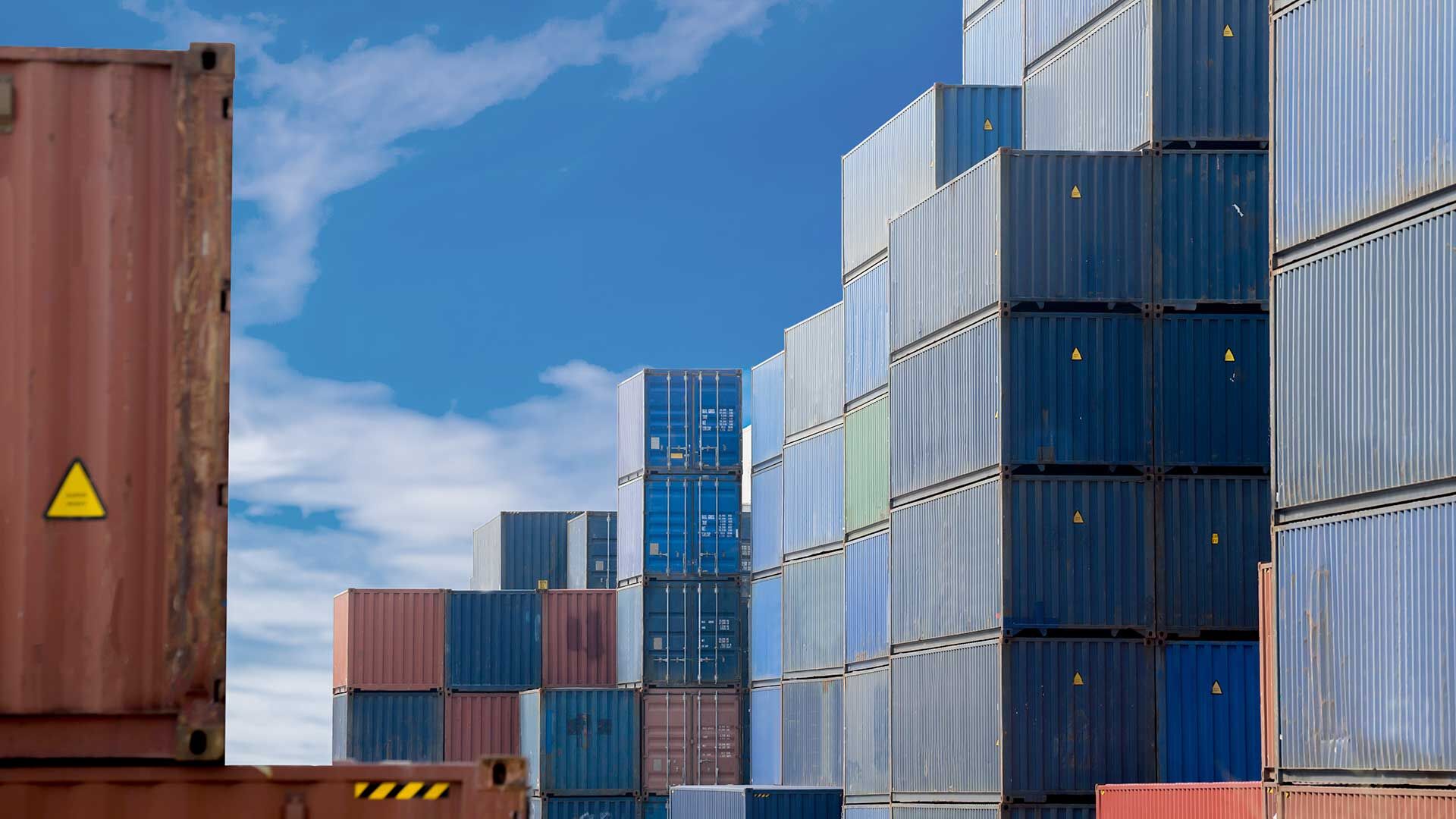
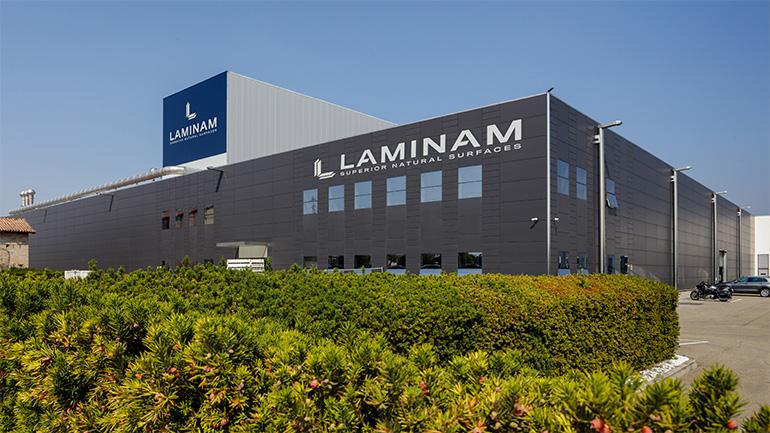

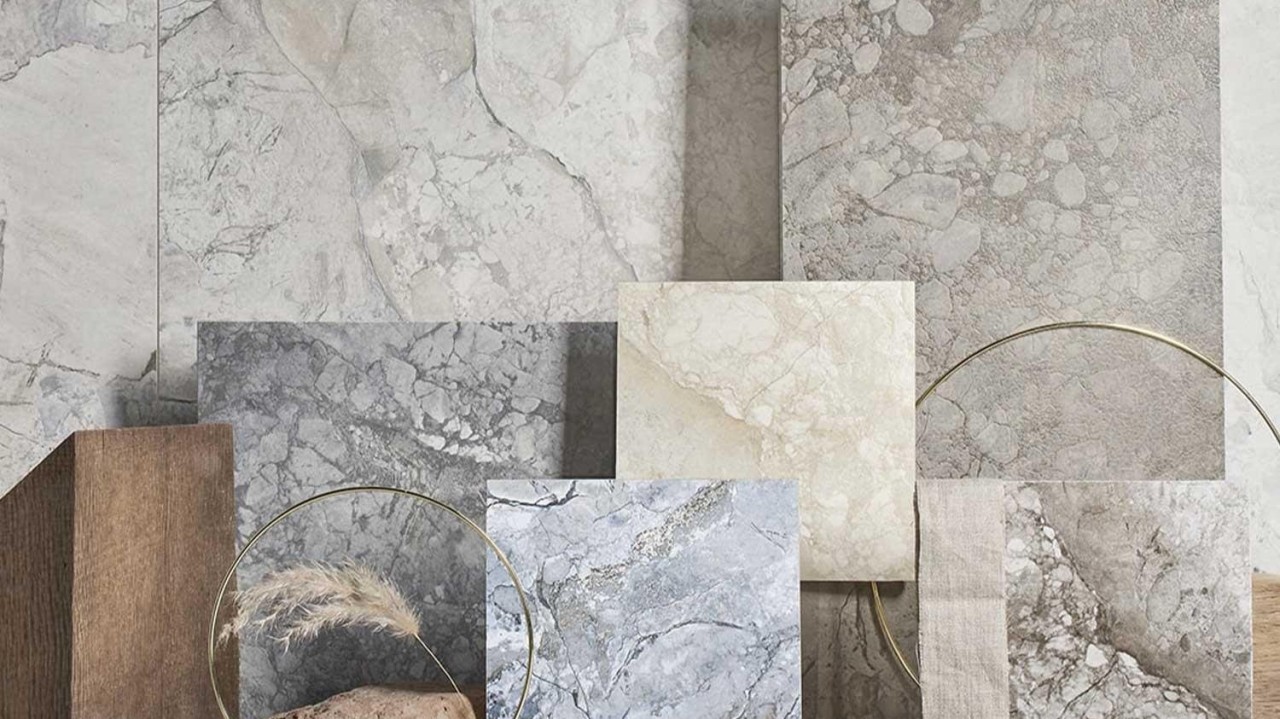
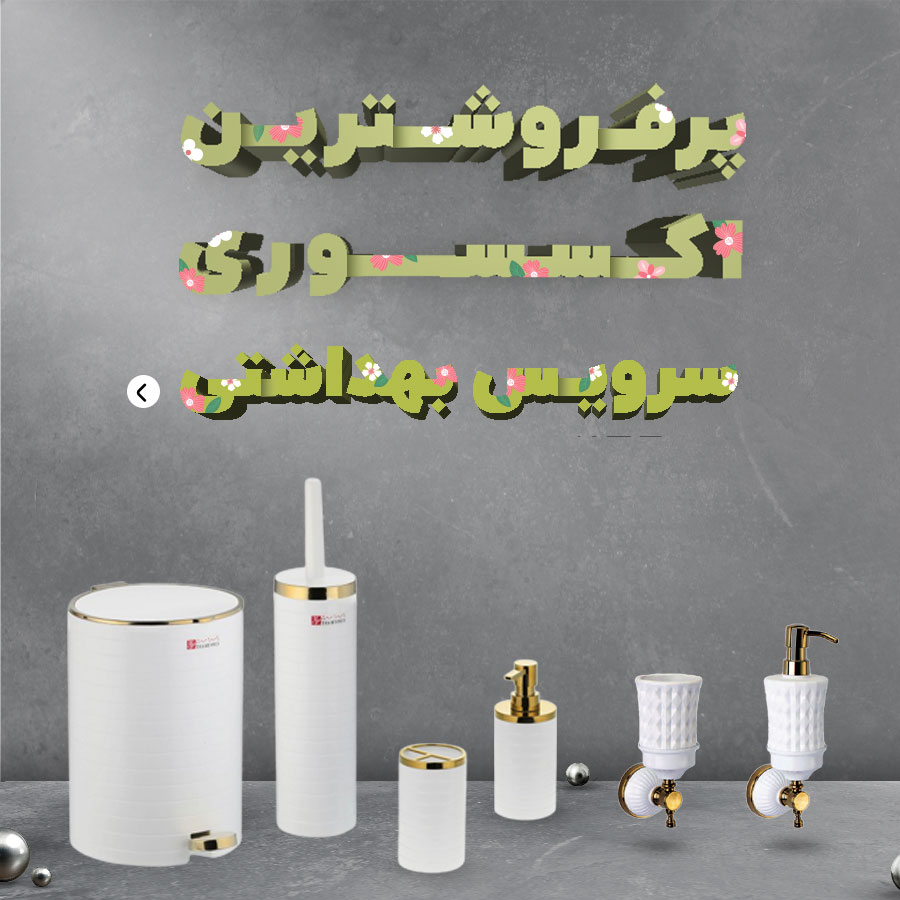

نظرات ۰